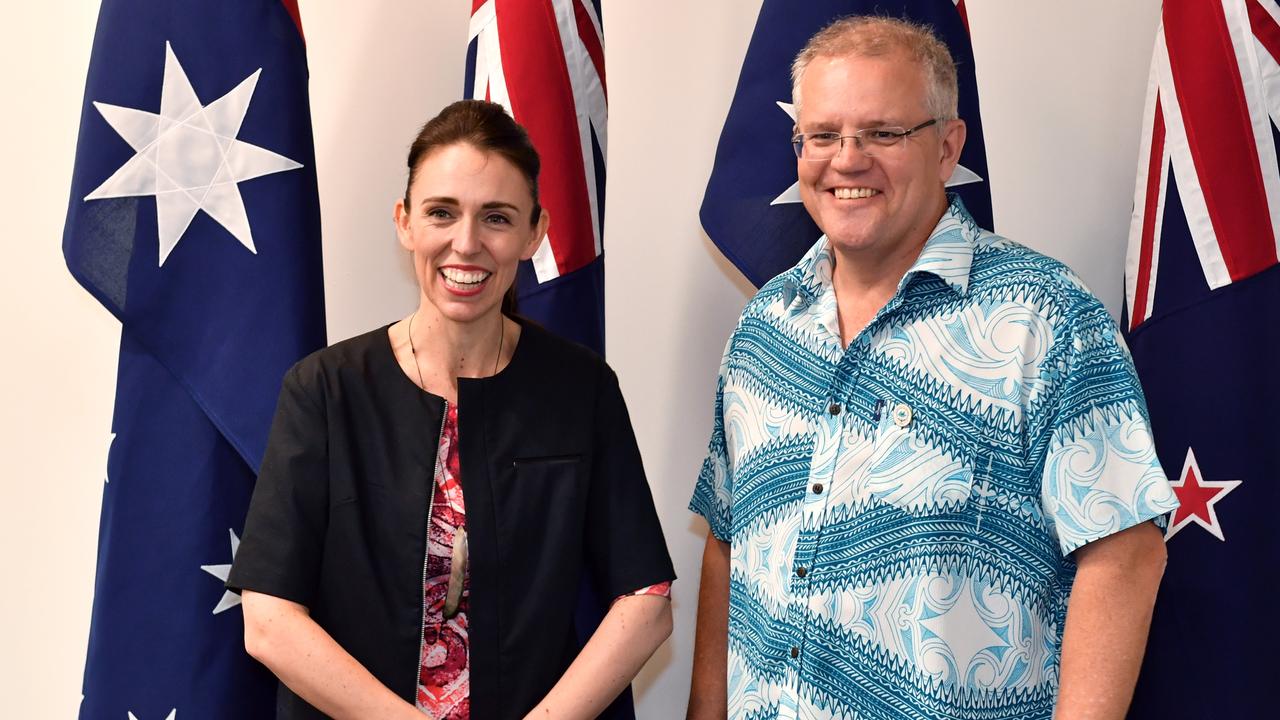Labor’s persistent refusal to reveal what its energy policy — as far as it has one — will do to the average retail energy bill is a significant policy liability for Bill Shorten.
But with the Turnbull government seemingly incapable of prosecuting this glaring deficiency, the Opposition Leader has so far got away with it.
Labor’s only known commitment so far is its target to reduce emissions by 45 per cent by 2030. This is clearly going to come at significant cost.
What that cost will be is the big unknown. And the reason Shorten won’t answer the determined questioning of journalists is because he does not know the answer either.
The closest thing to a guide on what Labor’s policy might cost is a BAEconomics report from earlier this year that put the annual price tag on renewable energy subsidies as they stand today, courtesy of various state-imposed targets, at $2.95 billion. About 75 per cent of this is made up of largely hidden consumer subsidies — that is, the cost for retailers to meet these targets is passed on to consumers through extra charges on their electricity bills.
Many of these subsidies remained hidden as they did not appear in government budgets or accounts. The rest are borne by all taxpayers through direct government subsidies.
This figure of almost $3bn has doubled in the past six years, and it can only increase further with a nationwide target of a 45 per cent emissions reduction by 2030. The government says this would equate to a 50 per cent renewable energy target — double the present RET due to expire in 2020.
The bureau of statistics calculates the number of households nationwide at about eight million. There are an estimated two million registered businesses.
This would suggest the cost of these green schemes, including hangover costs from the now largely obsolete small-scale subsidies, adds $300 a year to household and business consumers. Even this is only a rough guide because the extent of the subsidies is not included on most state government balance sheets.
The report was commissioned by the Minerals Council of Australia and no doubt will be rubbished by Labor. But it was undertaken by Brian Fisher, an executive director of the Australian Bureau of Agriculture and Resource Economics under the Hawke, Keating and Howard governments and an adviser to the UN’s Intergovernmental Panel on Climate Change.
The argument Fisher makes is that with the spot price for large-scale generation certificates likely to remain high, it is inevitable that electricity prices will have to rise significantly to meet the higher targets being pursued by mainly Labor state governments. Those ambitions are the ones Shorten has for the whole country.
Commonwealth subsidies for large-scale renewable generators, predominantly wind farms, came to $1.42bn for the 2015-16 financial year.
The Coalition doesn’t like to admit that its current RET of 23.5 per cent is already adding about $60 a year to bills.
Under the Turnbull government’s National Energy Guarantee, the RET will be allowed to expire in 2020. Presumably this is where the supposed reduction in price rises of between $100 and $115 a year will come from under a policy that appears on the surface to have competing and conflicting interests with its reliability target and emissions target.
Shorten’s plan is not only to continue the RET but to double it.
The Australian Competition & Consumer Commission, in its report to government on the present state of play with energy prices, put a more conservative price tag than the BAE report — at $100 a year — on the cost of renewable subsidies.
Shorten continues to defy demands to release modelling on the targeted 45 per cent emission reduction largely because there isn’t any.
The government’s only attempt thus far to throw a cost Labor’s way is the $66bn figure it floats around as a cost on the overall value of subsidies for renewables required to meet its target.
This equates to about $220 a year for every household and business based on a 2050 time frame suggested by the government. What that would mean for annual electricity bills is impossible to work out, according to modellers.
Shorten knows this. But it is not a sustainable position to take to an election.




To join the conversation, please log in. Don't have an account? Register
Join the conversation, you are commenting as Logout